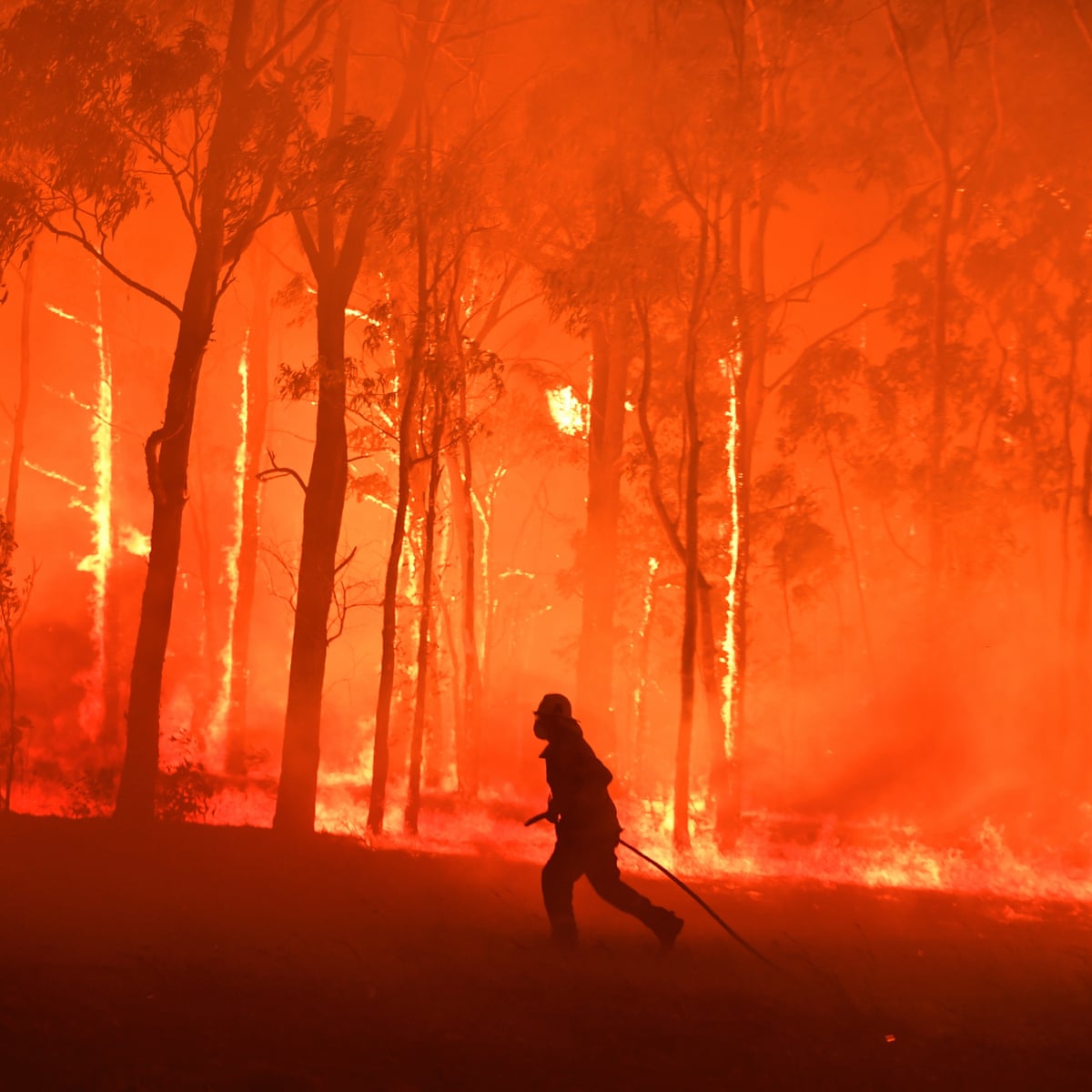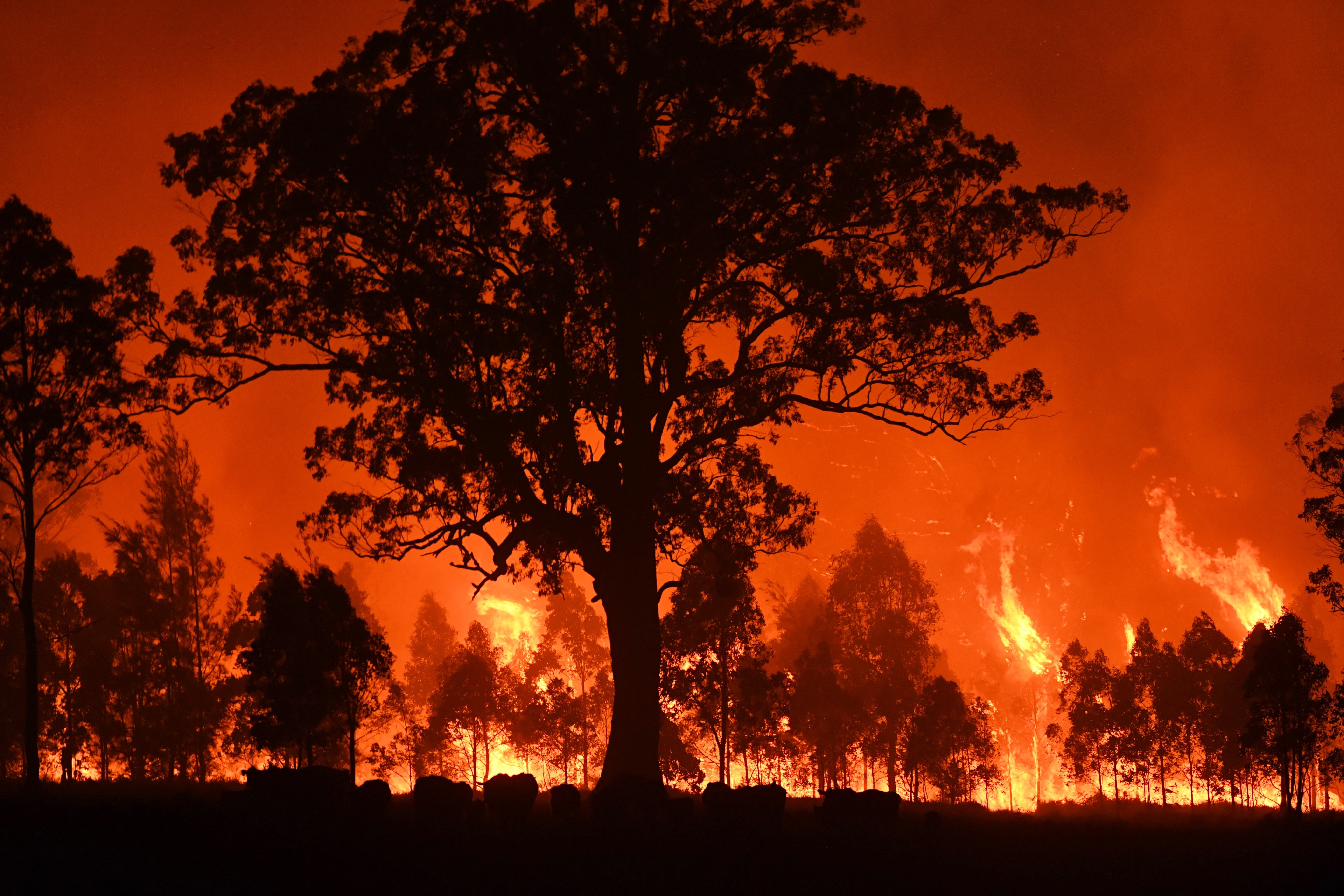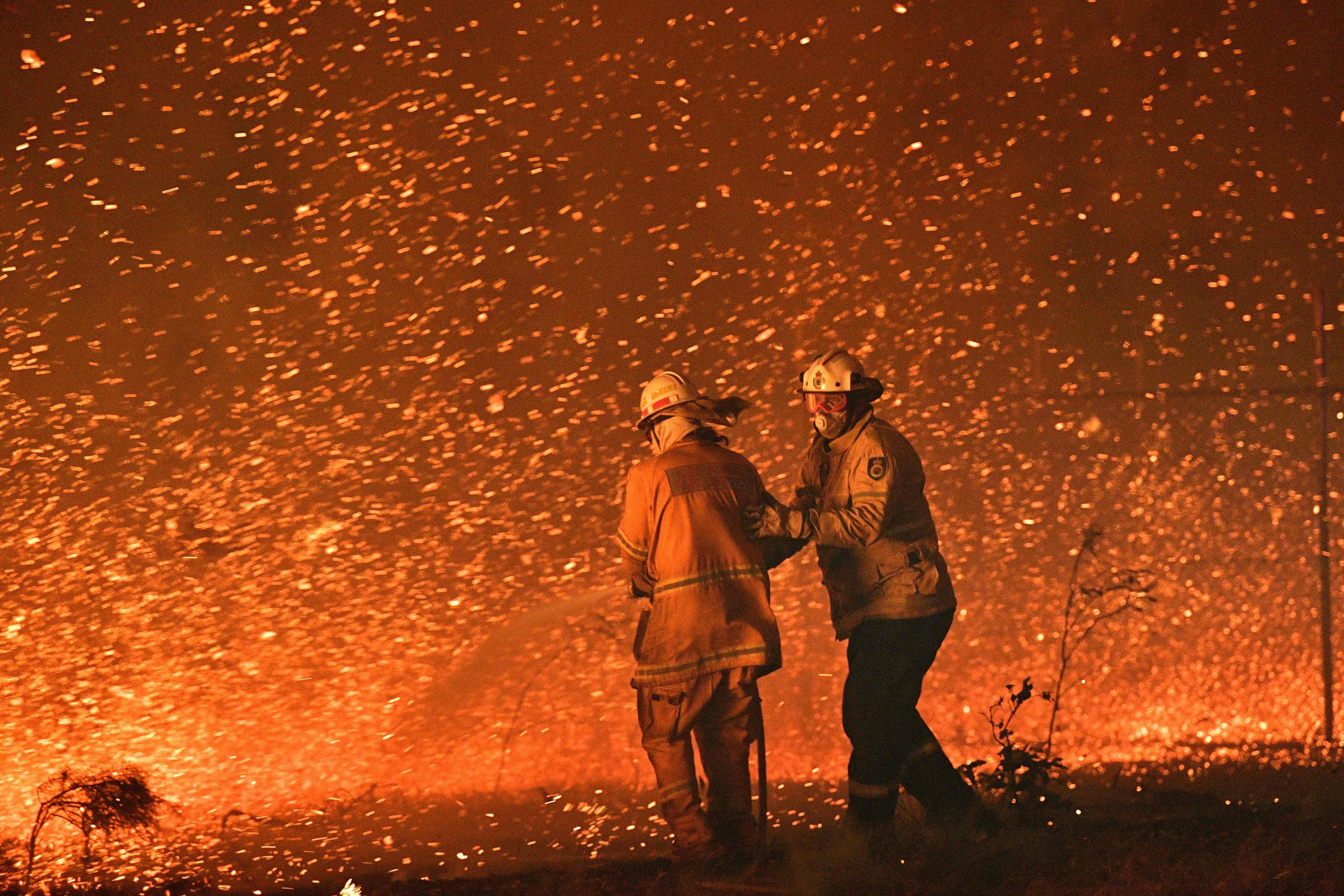Just How BAL Report Impacts Shrub Fire Protection Procedures
In the world of bush fire protection, the Structure Strike Degree (BAL) record stands as a critical tool that dramatically influences the security and durability of homes in fire-prone locations - BAL Report. The influence of a BAL assessment expands far beyond simple documents; it acts as the foundation for determining the appropriate construction criteria and fire defense steps required to alleviate the threats posed by bushfires. As communities come to grips with progressively extreme fire seasons, understanding how the BAL report forms these safety steps ends up being vital for contractors, policymakers, and property owners alike
Recognizing the Bushfire Assault Degree

Value of BAL Record Evaluation

Moreover, the BAL report evaluation works as a fundamental step in following lawful commitments and needs associated with bushfire security. Regional councils and authorities usually mandate the entry of a BAL record as part of the preparation and structure authorization procedure to make sure that buildings are effectively guarded versus bushfire threats. Falling short to carry out a detailed BAL record analysis can cause poor security procedures, leaving residential properties at risk to ravaging bushfire events.
Construction Standards Based Upon BAL
A thorough understanding of the Bushfire Assault Level (BAL) enables homeowner to execute building and construction standards customized to their certain risk account. Construction standards based on BAL are vital in mitigating the effect of bushfires on residential or commercial properties. The BAL score categorizes the potential danger a building encounters during a bushfire on a range from BAL-Low to BAL-FZ (Flame Zone) Each BAL degree corresponds to specific construction requirements laid out in the Australian Conventional AS3959-2018 Construction of Buildings in Bushfire-Prone Areas. Buildings identified as BAL-Low might just require standard measures such as clearing debris and maintaining gardens, while those in greater BAL classifications require even more robust measures like ember displays, fire-resistant materials, and secured home windows. Sticking to these building criteria not just boosts the structural resilience of the residential or commercial property yet additionally enhances the general safety and security of homeowners during a bushfire event. For that reason, residential property owners have to carefully consider their BAL rating and abide by the corresponding building and construction criteria to appropriately safeguard their homes and occupants.
Carrying Out Fire Protection Actions
With the structure of building and construction requirements based on Bushfire Assault Level (BAL) in location, the emphasis currently official site changes towards the useful application of fire defense steps to strengthen homes against bushfire dangers. Passive actions consist BAL Report of using fire-resistant structure materials, installing ember guards on vents, securing gaps in roofings and wall surfaces, and keeping a clear space around the building free from flammable plant life. By integrating both passive and active techniques, properties can dramatically minimize their susceptability to bushfire cases and boost the safety of owners.
Shielding Houses Against Bushfires
Properly securing homes against the devastating impacts of bushfires calls for a positive and detailed strategy to fire security actions. Additionally, securing voids and vents to prevent cinder intrusion, as well as including fire-resistant doors and home windows, can assist fortify the home's protection versus bushfires. By embracing an aggressive stance and integrating these safety procedures, homeowners can dramatically enhance their chances of safeguarding their homes versus bushfires.
Verdict
In verdict, the Bushfire Strike Degree (BAL) report plays an important duty in establishing the essential defense steps against bushfires. Applying fire defense steps based on the BAL report is crucial in protecting residential properties from potential bushfire hazards.
In examining bushfire danger to homes, understanding the Bushfire Assault Level (BAL) is a vital component for applying effective defense procedures. In general, a clear understanding of the Bushfire Strike Degree is vital for that site implementing appropriate protection procedures and reducing the effect of bushfires on residential or commercial properties.
